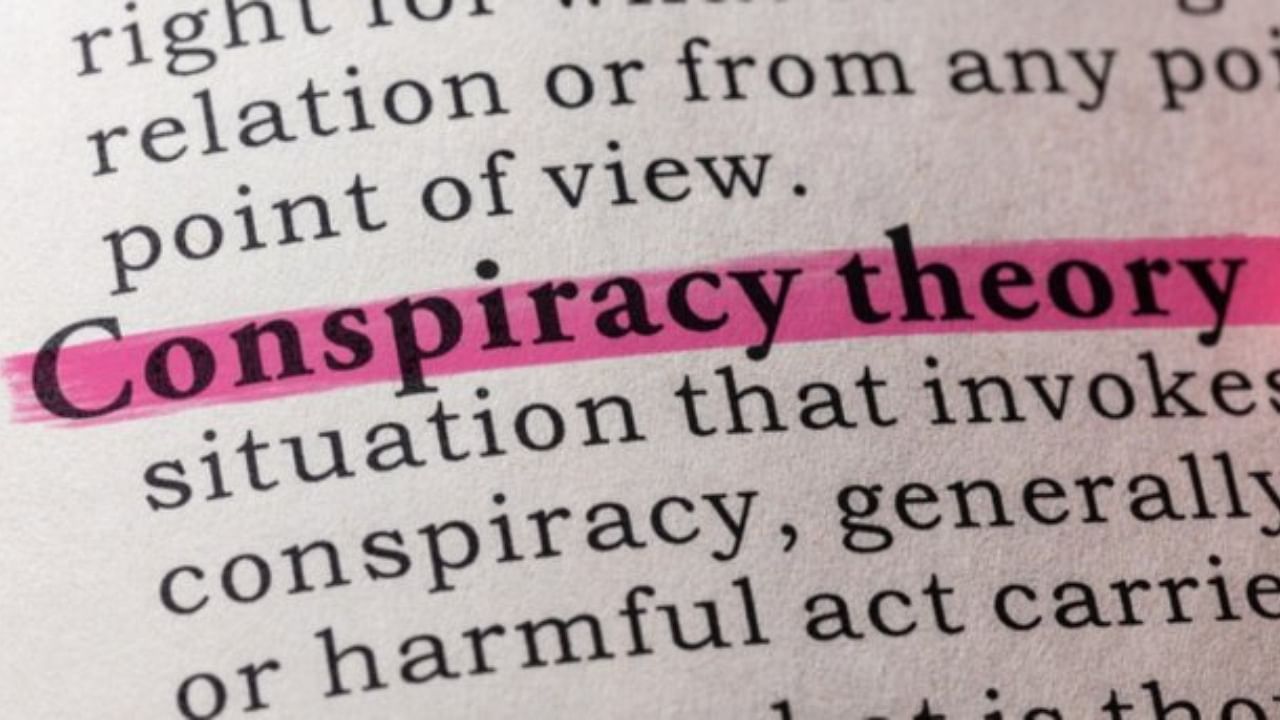
By Andreas Kluth
The first casualty of war is truth, they say. I’d add that truth is equally moribund in a Cold War and a pandemic, or other calamities for which humans blame one another. These days, there are two mysteries of particular importance about which we may never know the truth.
One has to do with the Russian war of aggression against Ukraine, and the wider confrontation between Moscow and the West. This is the question of who sabotaged — with four huge undersea detonations last September — the two Nord Stream pipelines meant to carry natural gas from Russia to Germany.
The other involves the Covid-19 pandemic that has killed about 7 million people. It’s the question of whether SARS-CoV-2 emerged naturally in China in late 2019 — by jumping from animals to humans and then spreading — or was manufactured in a biomedical lab in Wuhan before escaping into the population. This one touches on the relationship between China and the world, in the context of what increasingly looks like a new Cold War between Beijing and Washington.
The four pipeline explosions took place in the Baltic Sea near the Danish island of Bornholm. Geographically, they might have seemed far from the Ukrainian battlefields. But geopolitically, the blasts occurred on the frontline, because they were entangled with two strategic factors. One was Europe’s, and especially Germany’s, dependence on Russian natural gas at the time. The other was the cohesion or fractiousness of the Western alliance in supporting Kyiv and resisting Russian President Vladimir Putin.
There’s a consensus that the hit against Nord Stream 1 and 2 — each of which is actually a pair of undersea conduits — was a sophisticated and professional job, and almost certainly state-sponsored. Divers must have brought — undetected — enormous amounts of explosives to the locations in the open sea, then attached the charges deep underwater.
As usual, all parties in the conflict immediately blamed whomever they deemed their enemy. Ukraine and Poland said the Kremlin was behind the sabotage, as part of its “hybrid warfare.” Russia, unsurprisingly, denied involvement. Evoking James Bond memes, the Kremlin instead accused the UK, which refuted the charge in turn.
More recently, an American investigative journalist blamed the US, which Washington immediately denied. Now new theories have emerged that point either to an unnamed and unknown pro-Ukrainian group working independently of the Kyiv government, or to Russians working against the Putin regime. As ever, denials all around, and no hard evidence.
As to the provenance of SARS-CoV-2, there’s a consensus that it was never engineered to be a biological weapon. But from the early days of the pandemic, some experts and Western politicians have speculated that it may have accidentally leaked from the Wuhan Institute of Virology, which experimented with just such coronaviruses and is geographically near the epicenter of the first outbreak.
Early proponents of this theory included former US President Donald Trump and the director at the time of the Centers for Disease Control, Robert Redfield. To this day, scientists, government officials and intelligence services are split. Some believe the virus is zoonotic, having hopped from animals to us. Others, including America’s Energy Department, think a lab leak is more likely.
As in the mystery about the pipeline sabotage, nobody in the lab-leak controversy looks good. China, rather than being forthcoming at any point in the pandemic, withheld, suppressed, censored or destroyed evidence. This suggests the regime in Beijing — led by Xi Jinping, who’s just been rubber-stamped into his third presidential term — is more concerned about saving “face” and power than about human life or, indeed, truth. (Fittingly, Beijing also leaned on the World Health Organization to skip the Greek letter Xi in naming Covid variants and go straight to Omicron.)
Nor is the American political response all that edifying. In Congressional hearings this past week, the sides lined up largely along partisan lines — on a matter in which nothing should carry weight but pure science and empirical fact.
The two mysteries have much in common. First, we probably won’t solve them. Second, that won’t keep people from seeding new conspiracy theories to suit their propaganda goals or worldview. And human nature will spread them. A new study at MIT confirms the old adage that a lie travels halfway around the world while the truth is putting on its shoes.
Some people exploit this human proclivity more ruthlessly than others. Putin, with his KGB-trained mind, has over decades honed his methods of convincing audiences, at home and abroad, that, as the author Peter Pomerantsev puts it, “nothing is true and anything is possible.” In effect, his propaganda goal is to persuade friend and foe alike that there is no objective reality at all, so that he can shape it however he likes. Xi and the Chinese Communist Party have taken notes.
Where does that leave us? At an obvious level, there are lessons we should draw immediately from both cases, irrespective of where responsibility properly belongs. One is to better protect our energy and other infrastructure, because there will be more attempts at sabotage. Another is to renew multilateral efforts to increase security at the world’s biolabs, some 69 of which work with the most dangerous pathogens imaginable.
At a more subtle level, we should also practice restraint and intellectual humility, by not speculating unduly whenever we just don’t have the facts. The open societies of the West, flawed as they self-evidently are, do have an advantage over autocratic regimes like Russia and China. It’s that they make it more likely, at least in the long run, for the truth to come out.
In that sense, our adversaries aren’t only Moscow and Beijing, but also cynicism as such. To prevail and have our victory mean something, we must keep believing in truth. That includes enduring uncertainty whenever, and however long, the truth chooses to be coy.